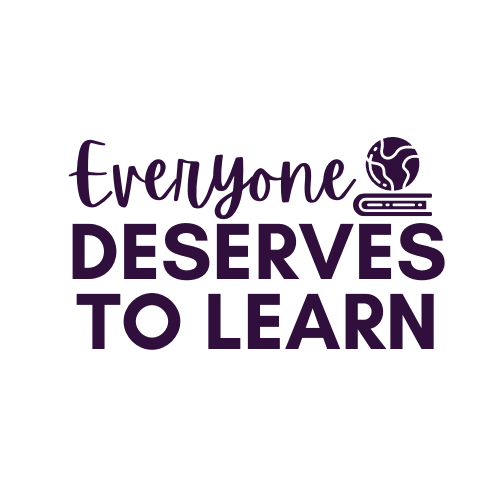Types of English Language Learners
If you're a teacher or administrator, you're bound to encounter an English Language Learner at some point in your career. In New Jersey alone, 5 out of 6 districts have ELL's in their schools, and 1 out of every 20 public school students is an ELL. However, the title "English Language Learner" can mean many different things, and it's beneficial to understand the differences so you can best meet the needs of your learners. According to researchers and experts in language acquisition, there are three types of English Language Learners. I'd like to break them down for you in teacher-friendly terms.
These are the students who were born in the US (or emigrated at a very young age) to parents who speak languages other than English. They may have started kindergarten in an English-speaking school, and/or have English-speaking family members. These kids can fool you with their social fluency, but might struggle for many years to become fluent in academic vocabulary, often performing below grade level on standardized tests. These students may also have a greater understanding of American culture and customs due to exposure and environment.





